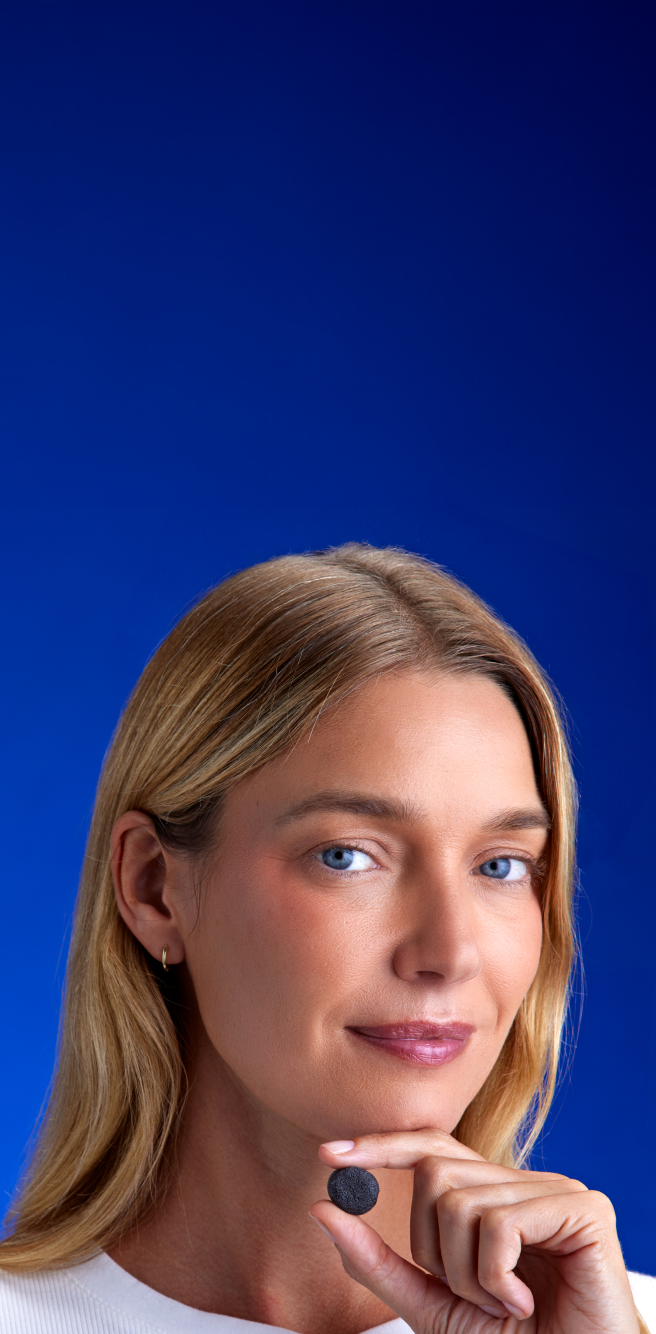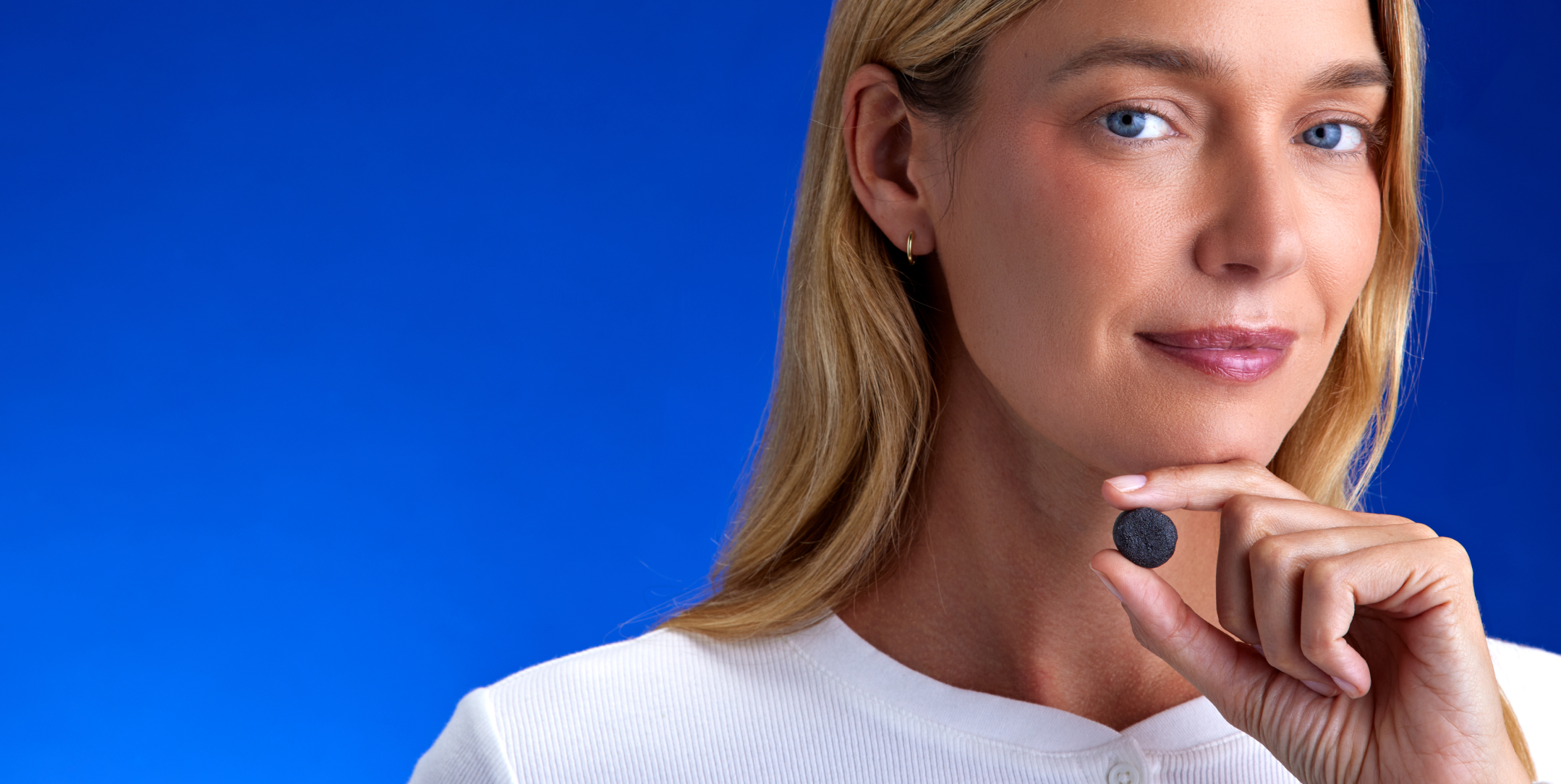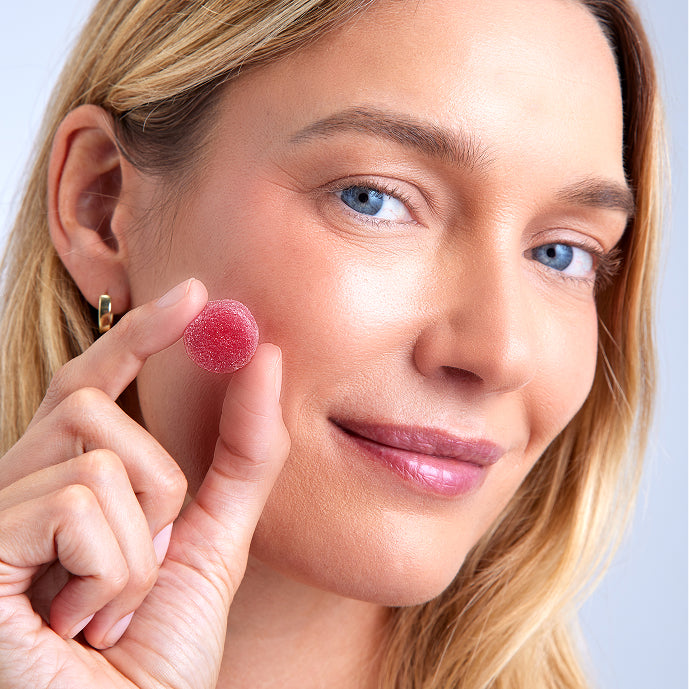Find your path to feeling good
We’re on a mission to protect your rest, lift your mood, and help you get the most out of every moment.
Better Sleep
Plant-powered supplements that help you get the restful sleep you need.*
-
Deep Sleep Gummies
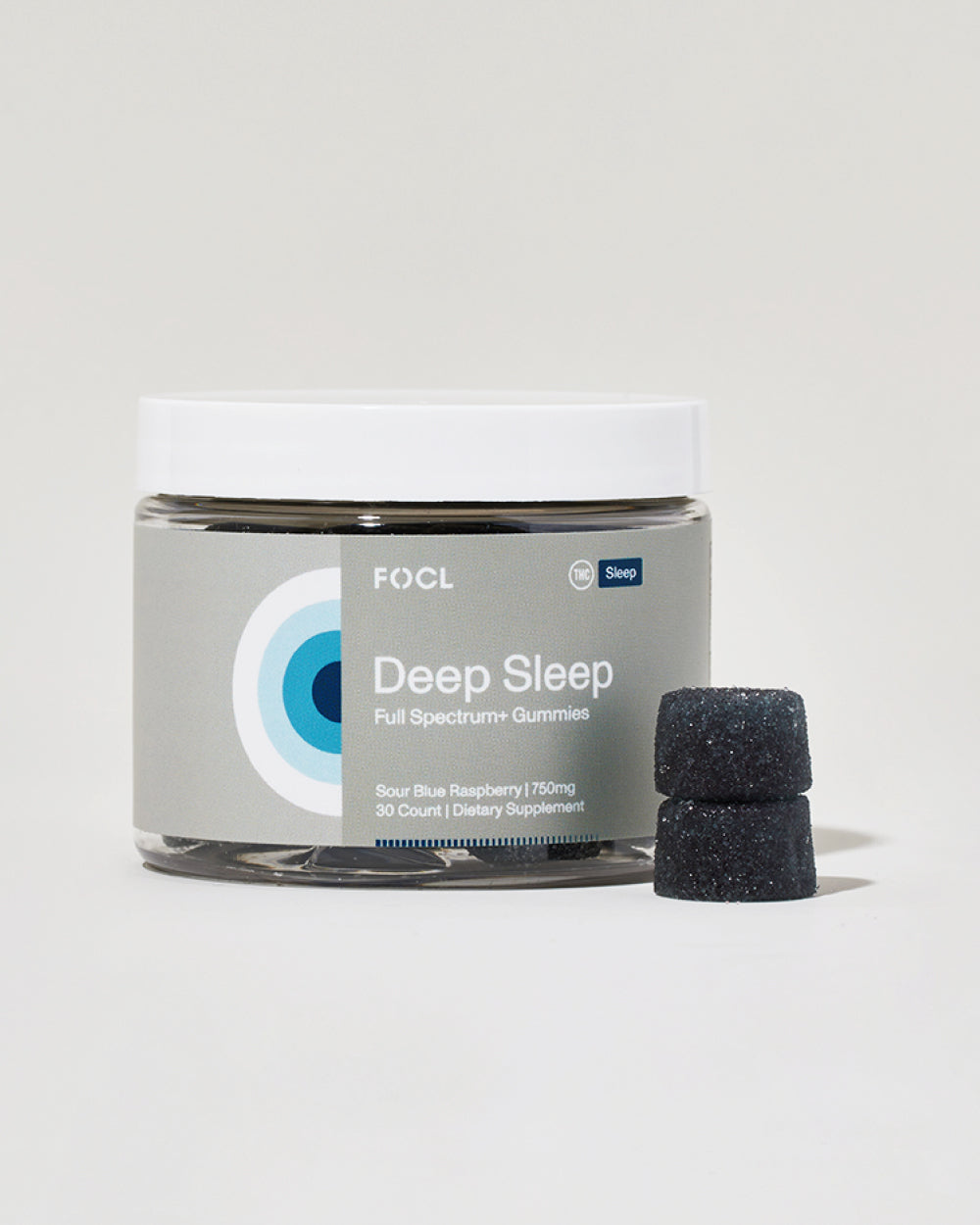
Deep Sleep Gummies
- Regular price
-
$48.30 - Regular price
-
$69.00 - Sale price
-
$48.30
Add to cart -
Good Night Full Spectrum Sleep Gummies
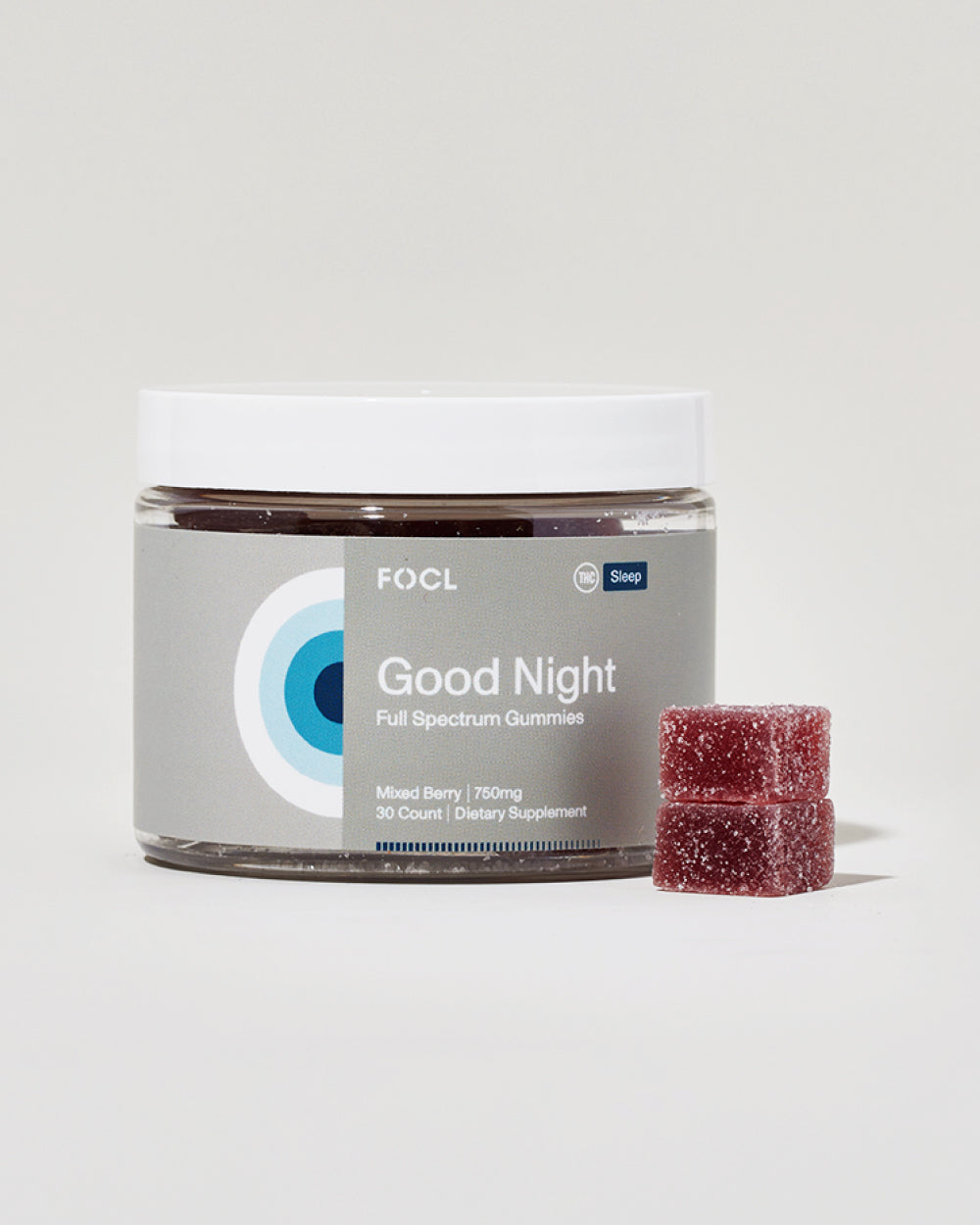
Good Night Full Spectrum Sleep Gummies
- Regular price
-
$37.80 - Regular price
-
$54.00 - Sale price
-
$37.80
Add to cart -
Unlock Subscriber Perks
-
Deep Sleep Drops
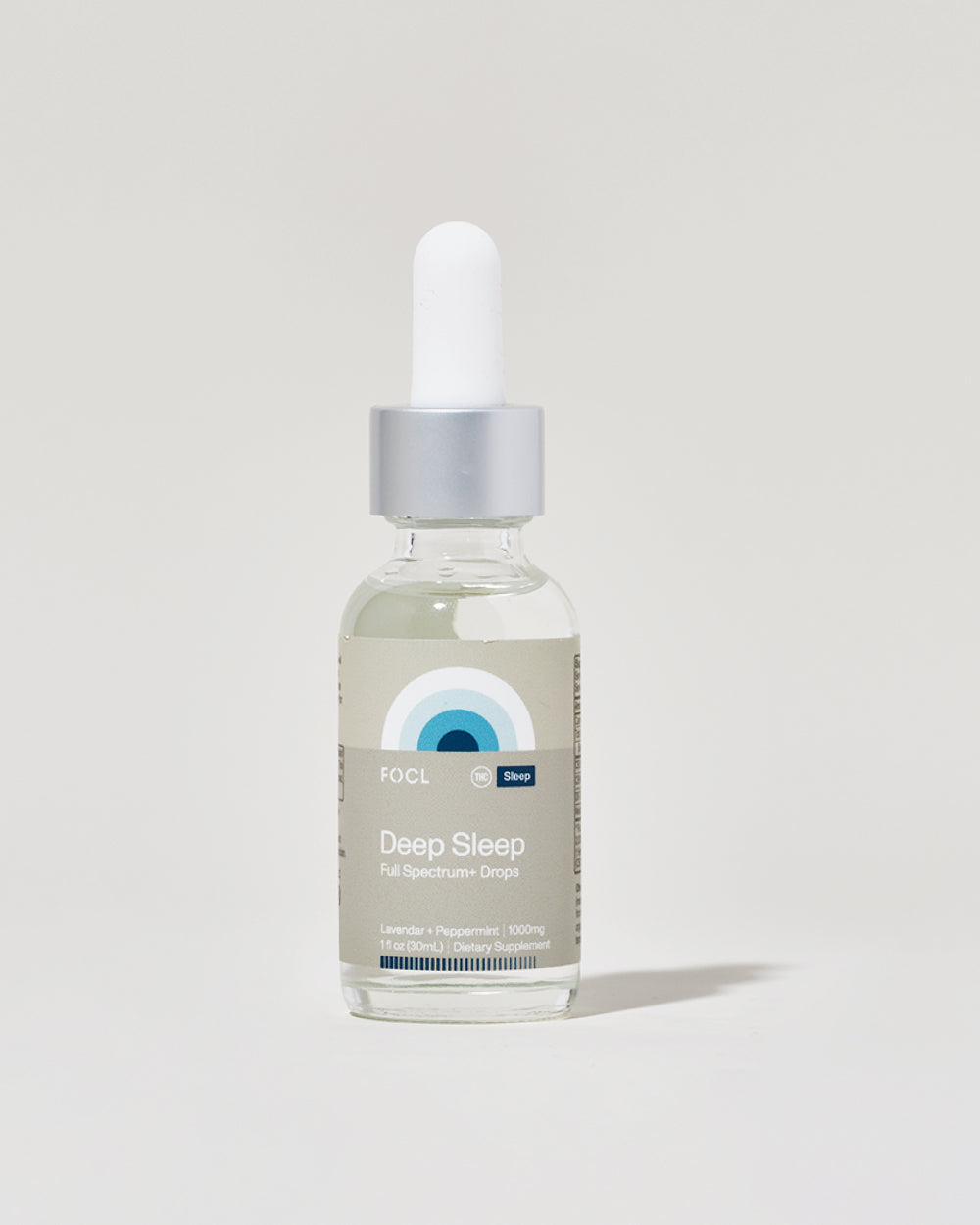
Deep Sleep Drops
- Regular price
-
$48.30 - Regular price
-
$69.00 - Sale price
-
$48.30
Add to cart
Alcohol Alternatives
Enjoy the moment and skip the hangover with these alcohol-free mood boosters.*
-
Feel Good Gummies
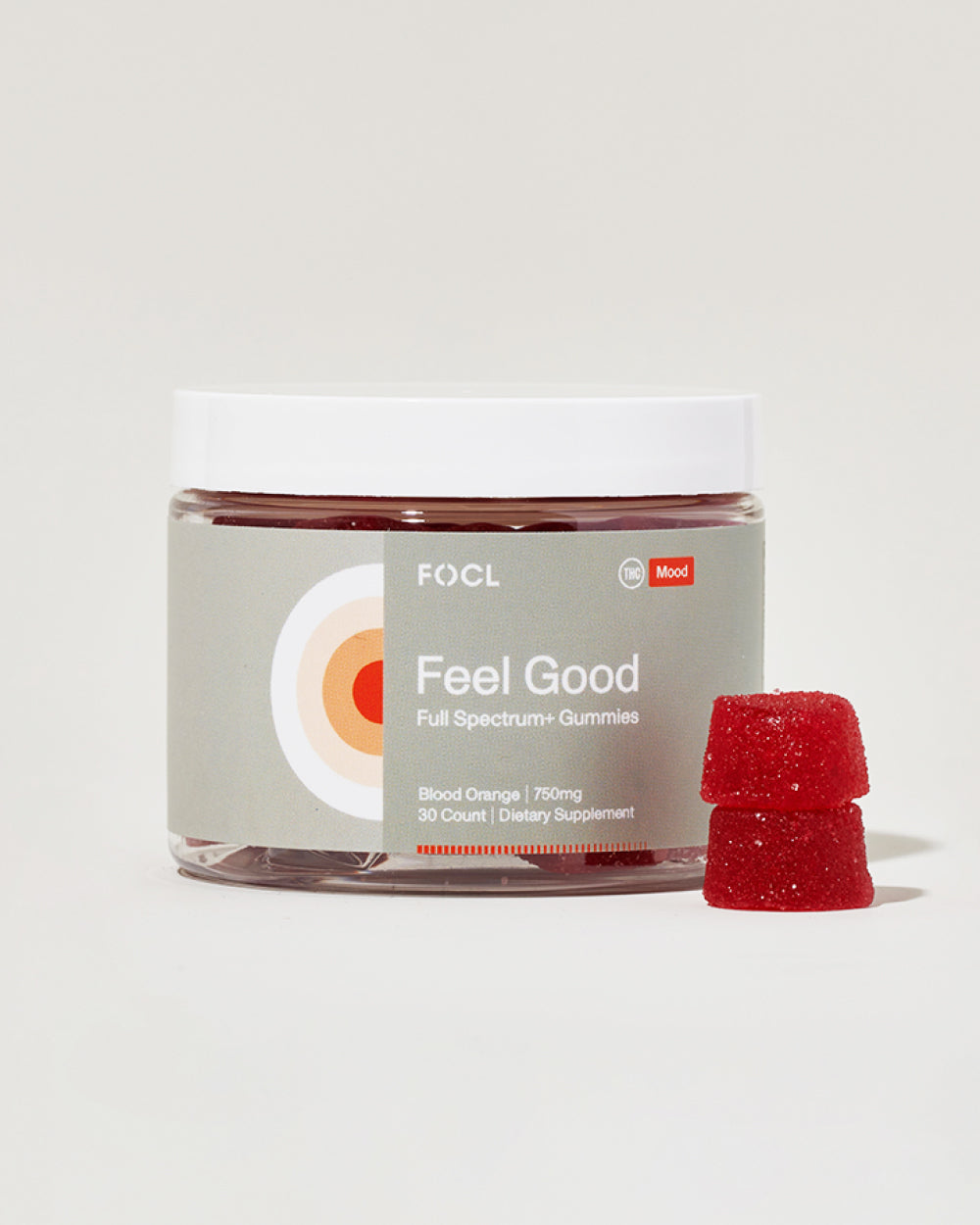
Feel Good Gummies
- Regular price
-
$48.30 - Regular price
-
$69.00 - Sale price
-
$48.30
Add to cart -
Kava Gummies
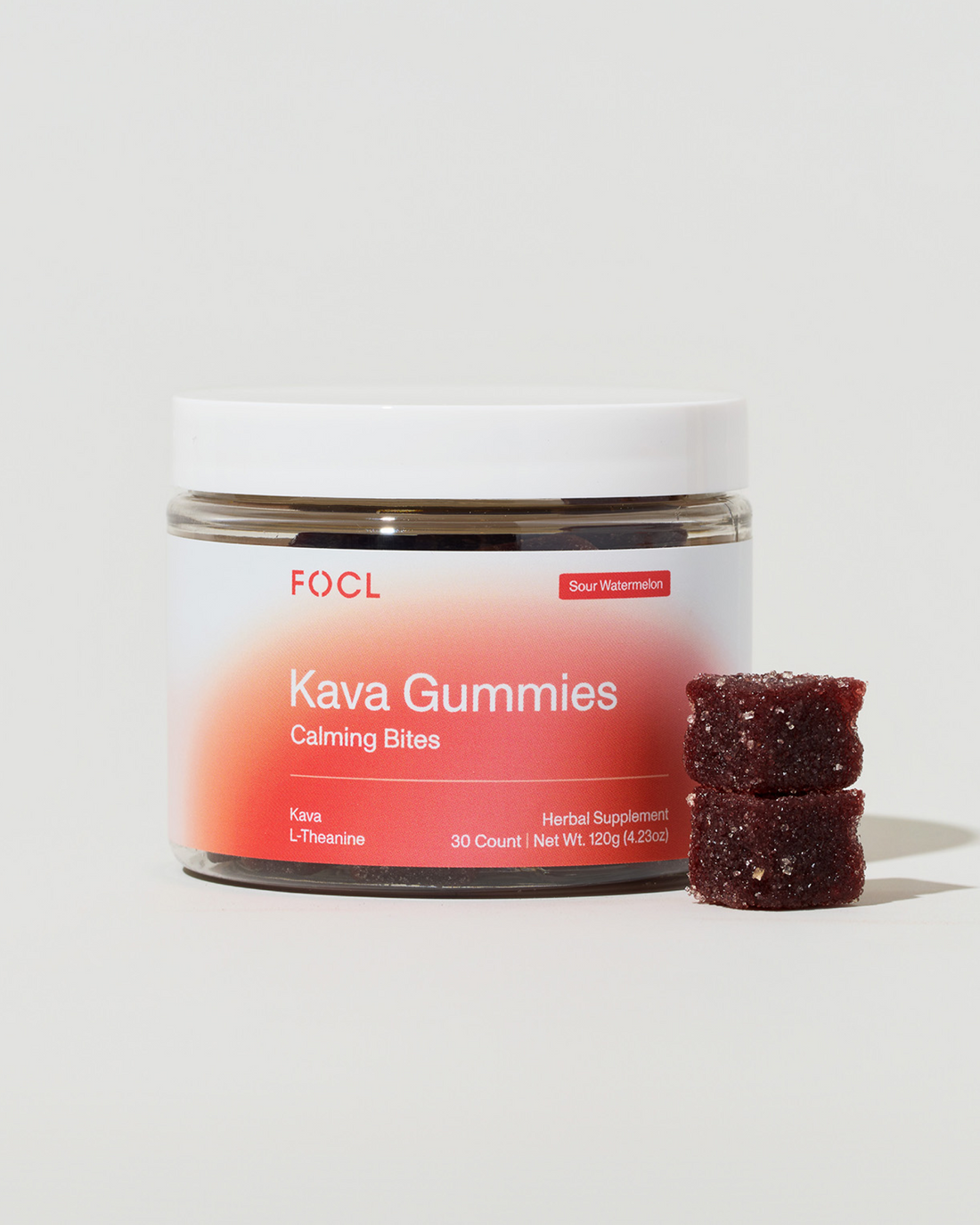
Kava Gummies
Choose options- Regular price
-
$27.30 - Regular price
-
$39.00 - Sale price
-
$27.30
-
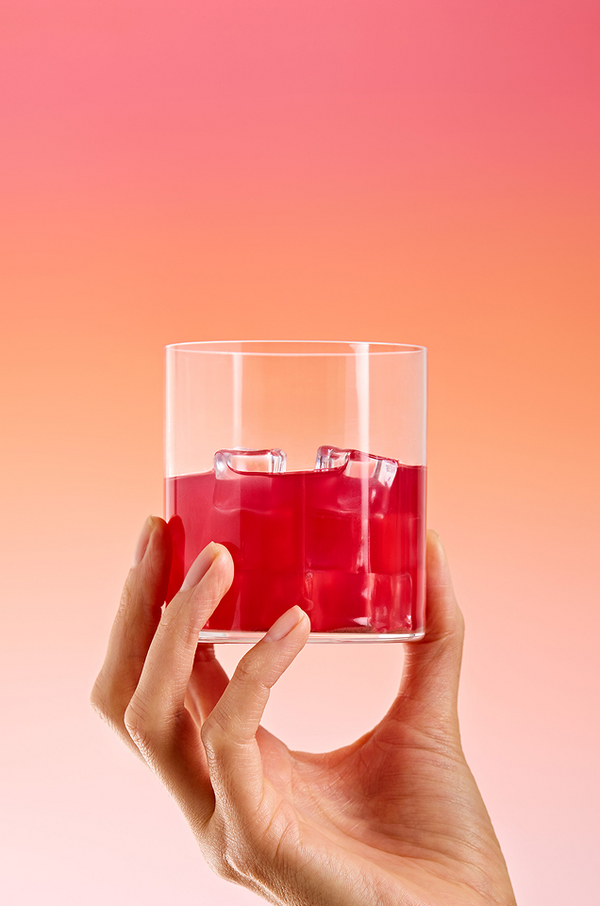
-
Deep Sleep Drops

Deep Sleep Drops
- Regular price
-
$48.30 - Regular price
-
$69.00 - Sale price
-
$48.30
Add to cart
Stress & Hormone Balance
Feel calm, cool, and ready for anything your busy life has to throw at you.*
-
Daily Calm Full Spectrum Gummies
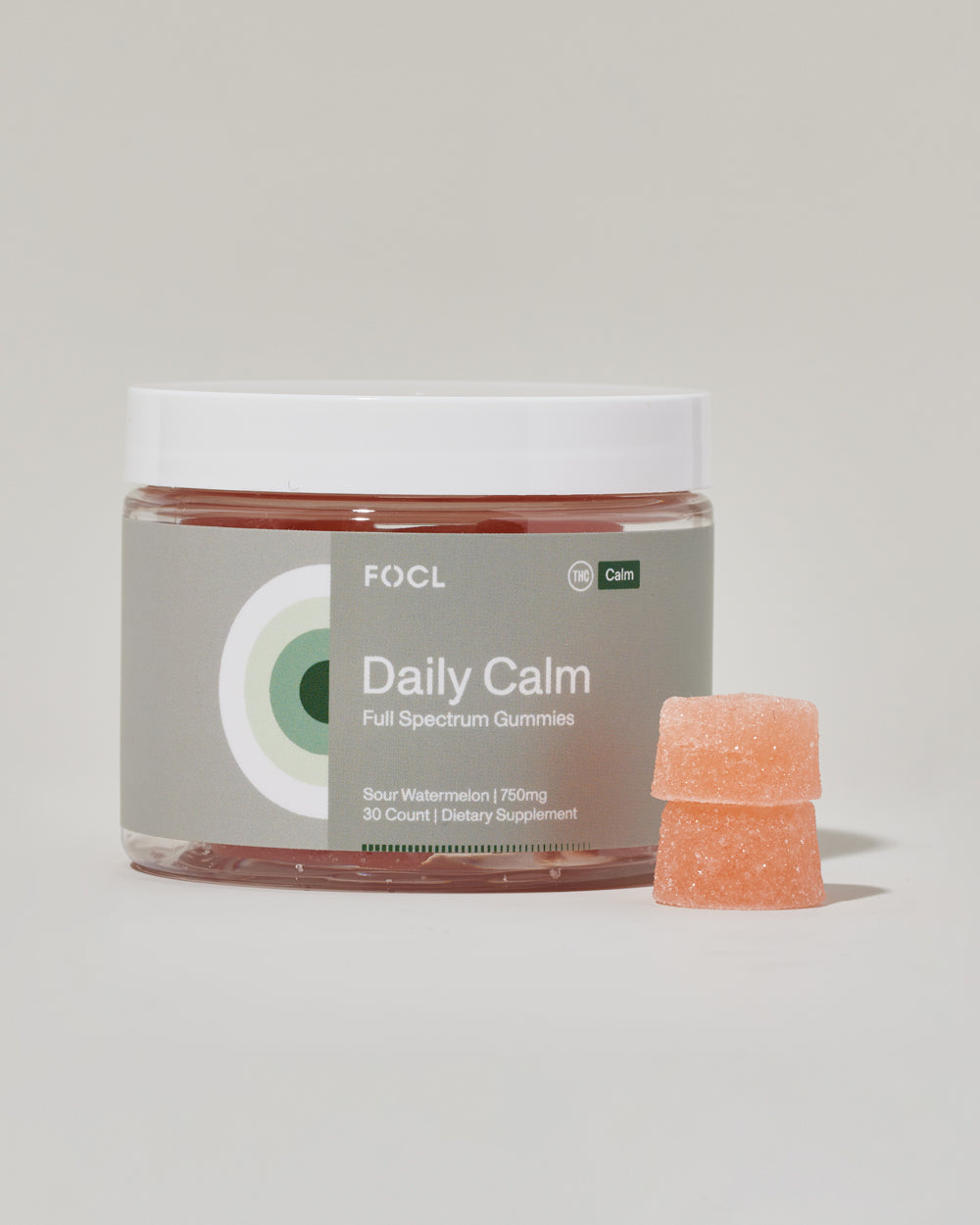
Daily Calm Full Spectrum Gummies
Choose options- Regular price
-
$34.30 - Regular price
-
$49.00 - Sale price
-
$34.30
-
Daily Calm Broad Spectrum Gummies
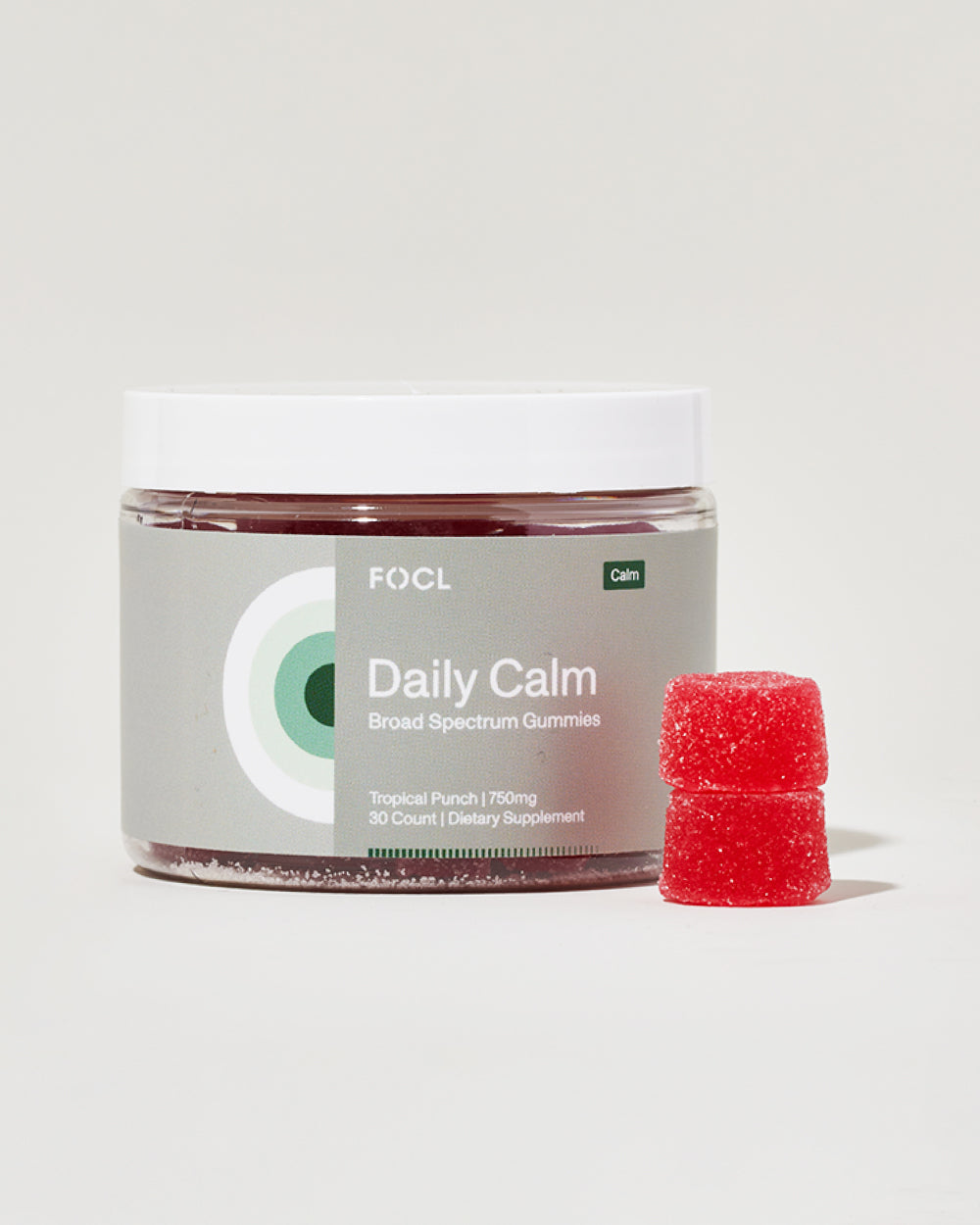
Daily Calm Broad Spectrum Gummies
Choose options- Regular price
-
$27.30 - Regular price
-
$39.00 - Sale price
-
$27.30
-
Daily Calm Full Spectrum Drops
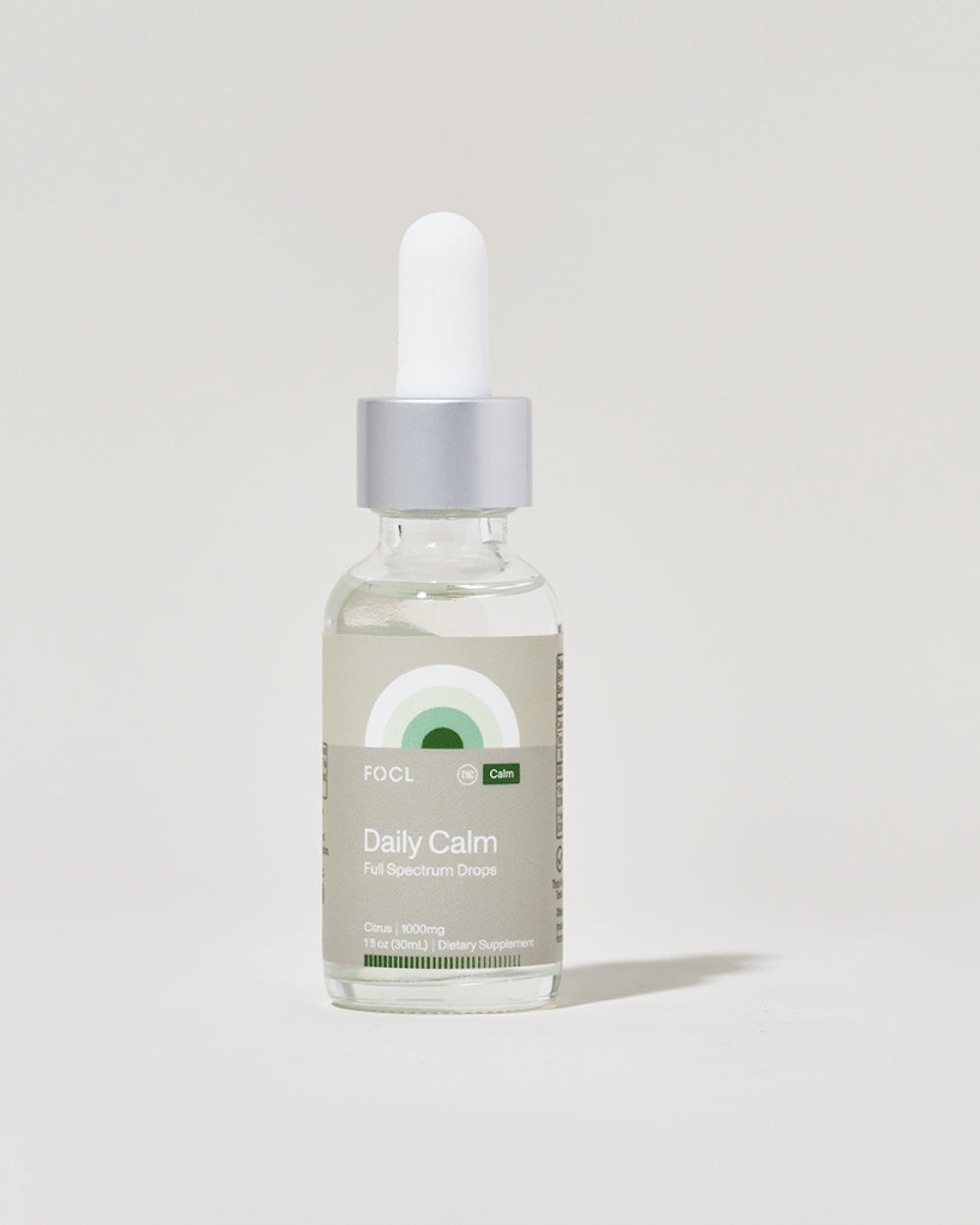
Daily Calm Full Spectrum Drops
Choose options- Regular price
-
$34.30 - Regular price
-
$49.00 - Sale price
-
$34.30
-
Daily Calm Broad Spectrum Drops
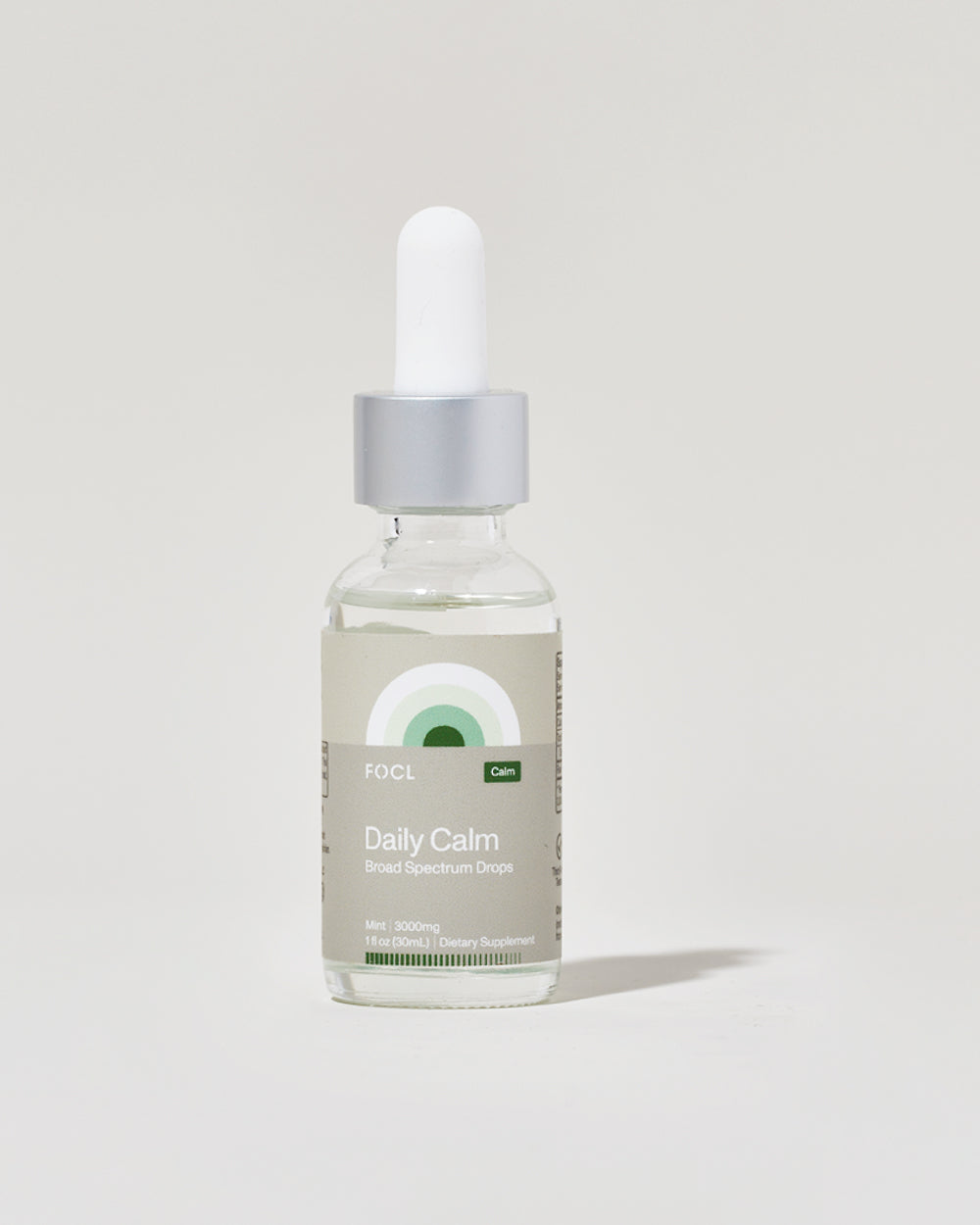
Daily Calm Broad Spectrum Drops
Choose options- Regular price
-
$27.30 - Regular price
-
$39.00 - Sale price
-
$27.30
Relief
Soothe aches and pains, inside and out, with clean, plant-powered support.*
-
Deep Relief Cooling Cream
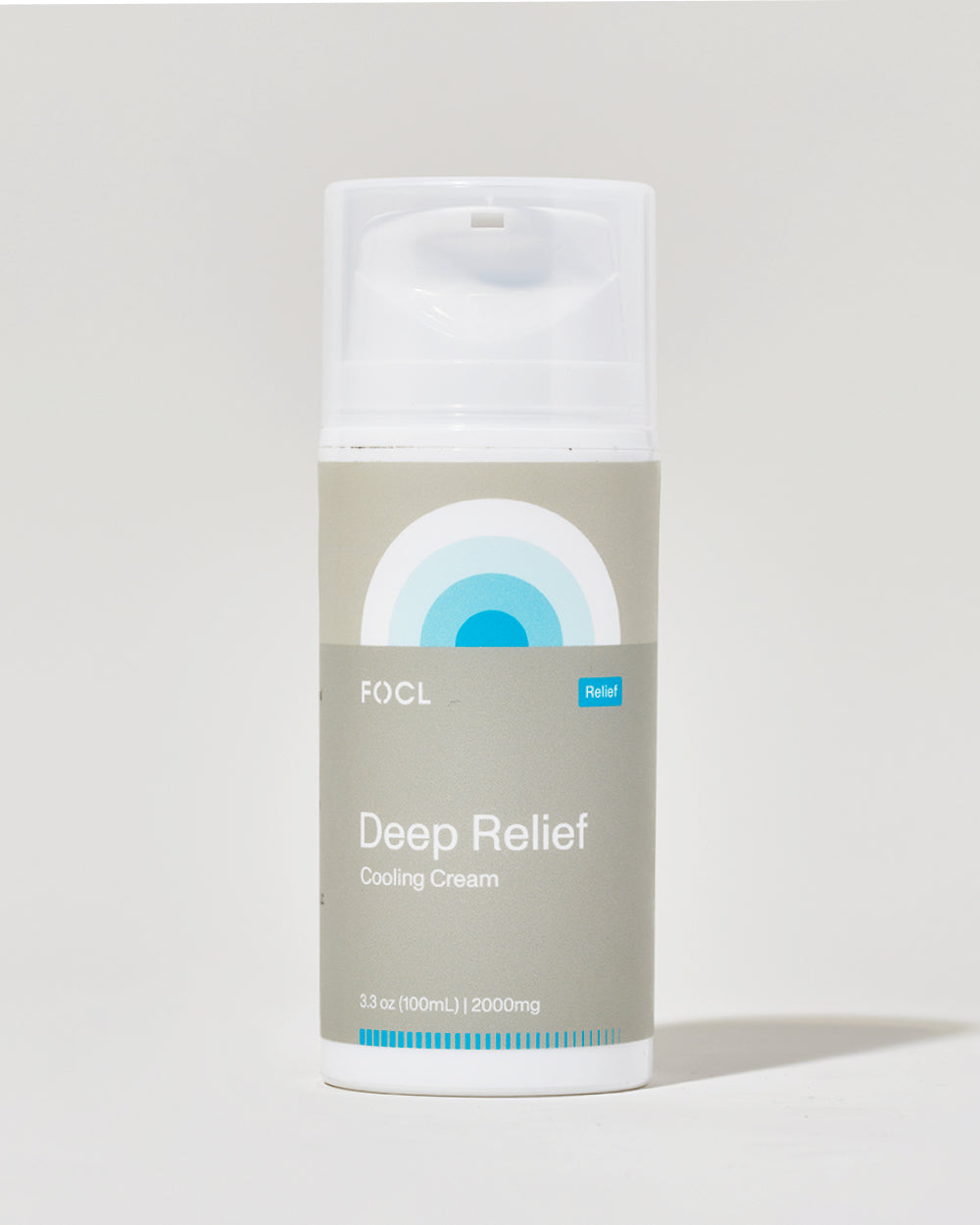
Deep Relief Cooling Cream
Choose options- Regular price
-
$27.30 - Regular price
-
$39.00 - Sale price
-
$27.30
-
Daily Soothe Full Spectrum CBG+CBD Drops
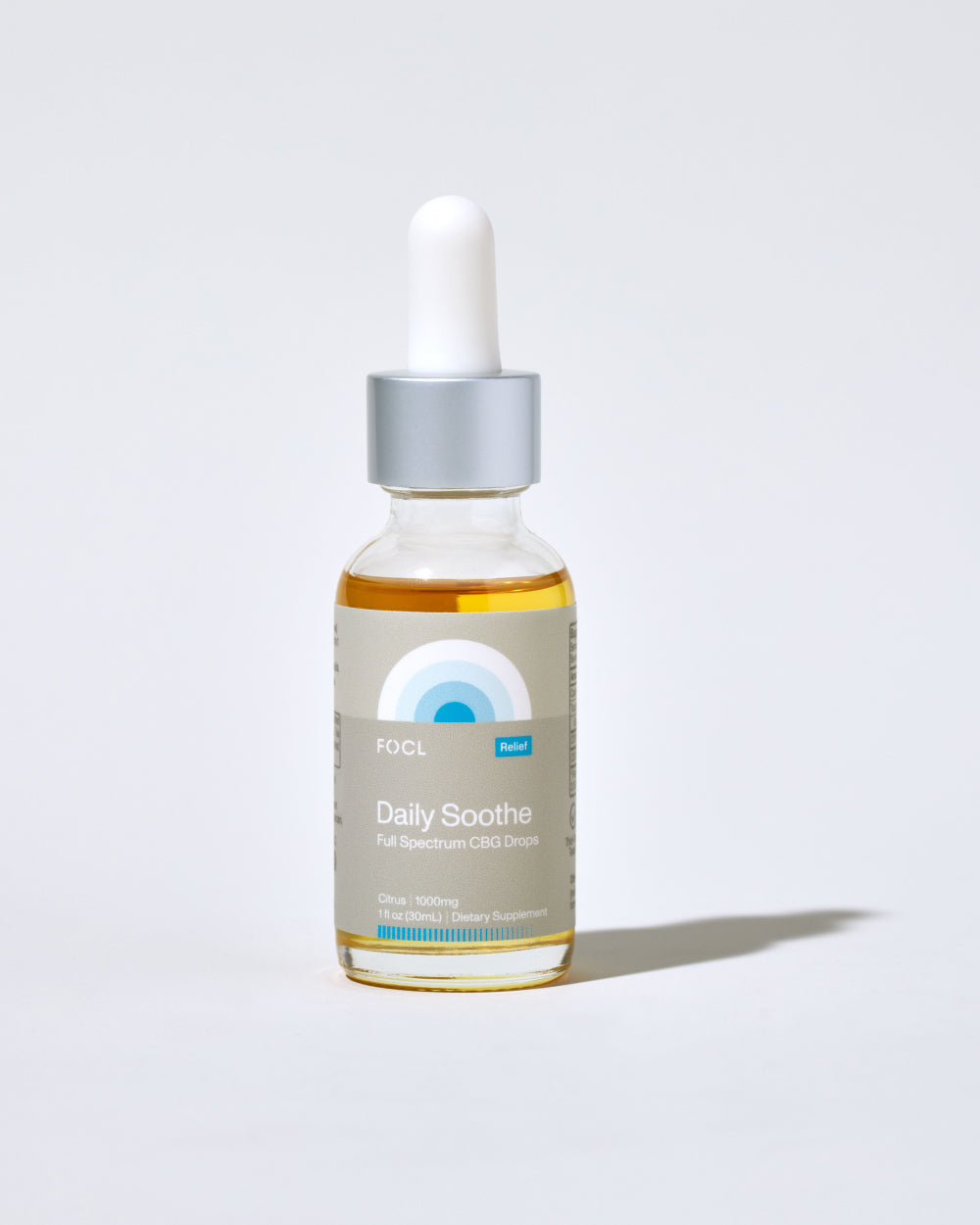
Daily Soothe Full Spectrum CBG+CBD Drops
Choose options- Regular price
-
$41.30 - Regular price
-
$59.00 - Sale price
-
$41.30
-
Relief Bundle
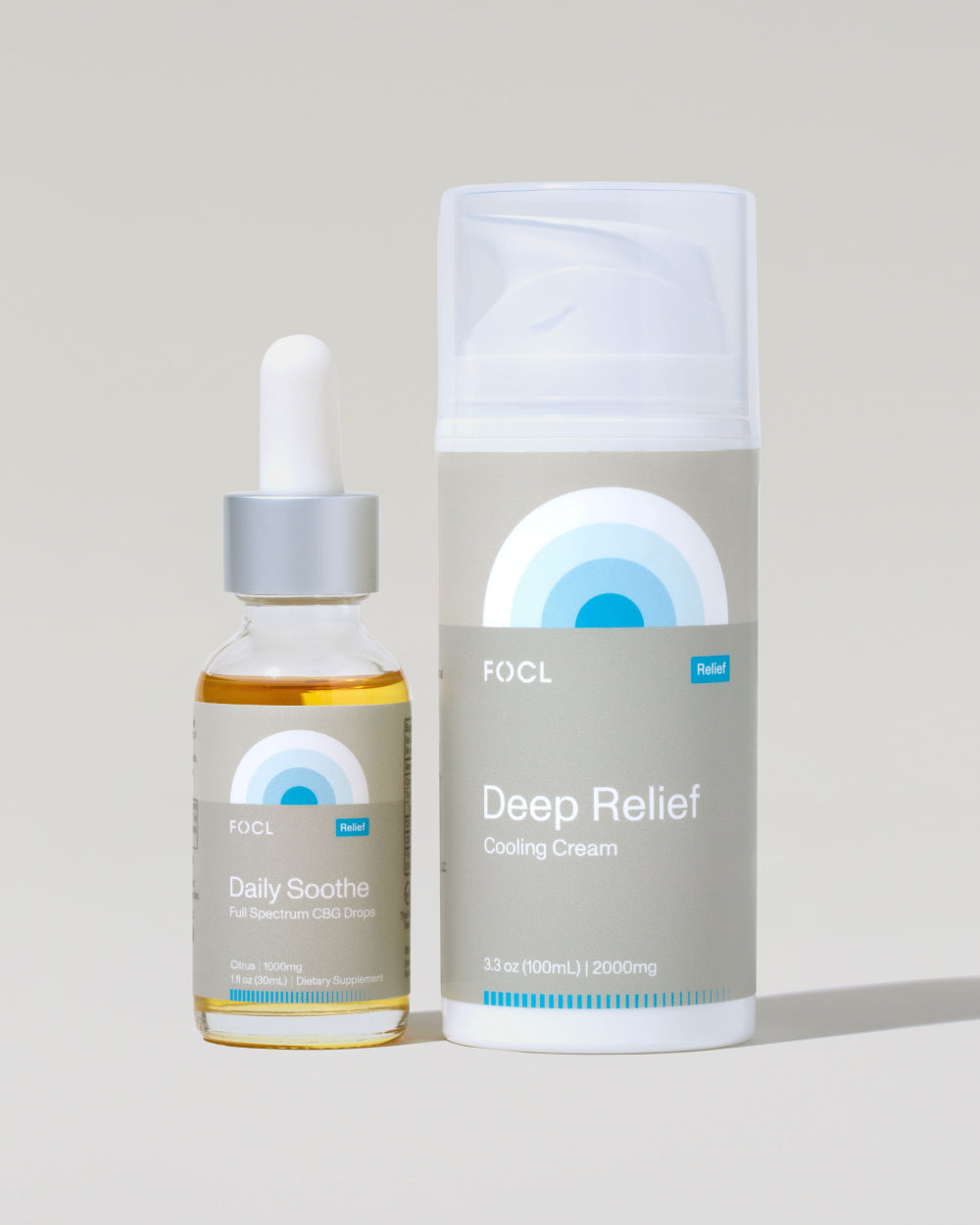
Relief Bundle
Choose options- Regular price
-
$75.60 - Regular price
-
$108.00 - Sale price
-
$75.60
A good life starts with good sleep
Everything we do is in pursuit of a better night’s rest for you—without harsh or habit-forming ingredients.















